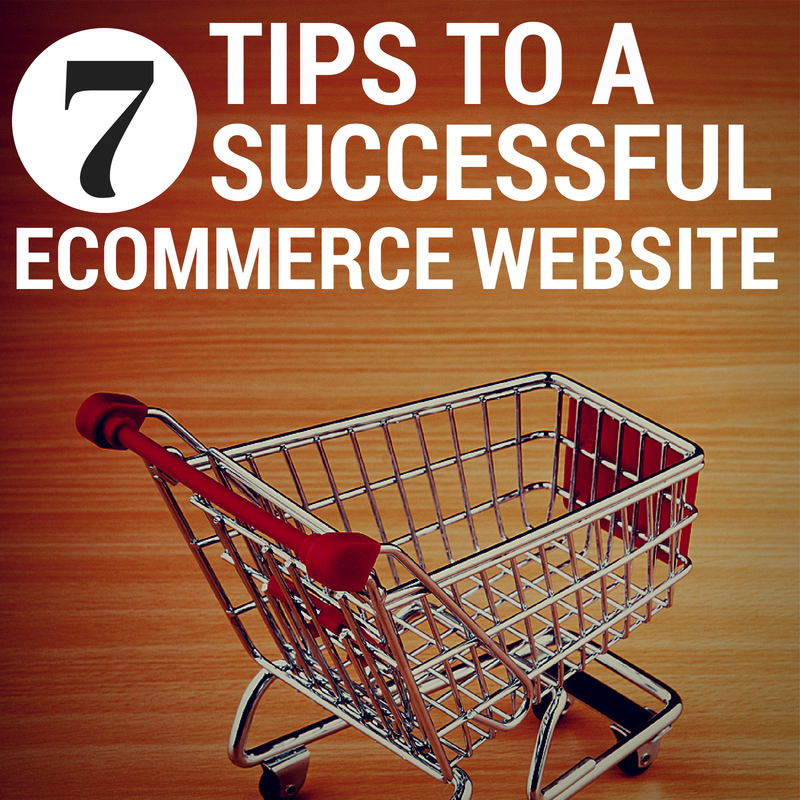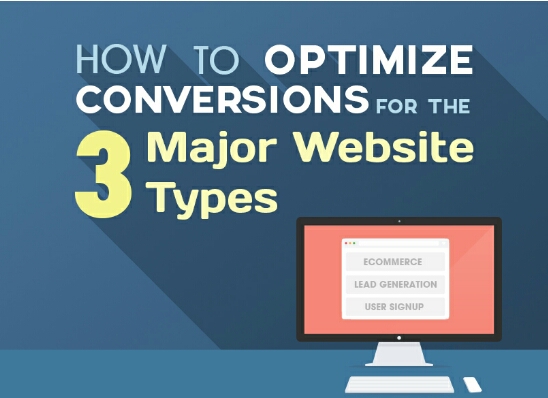7 Tips to Successful Ecommerce Website
Websites are becoming a more frequent venue for retail as consumers leave the traditional realm of physical locations. Since there are thousands of ecommerce websites already out there, ecommerce design is essential to success. Just because a business has the best product and the best price doesn’t mean they have a well thought-out website.
Anyone in web design is familiar with the importance of an easy-to-navigate website. If people can’t find what they want or navigation is too difficult, they’ll give up and look somewhere else. Customers want to know what they’re buying and don’t want to go through several pages and links to access your product. In the web development process, it’s essential to easily move back and forth between the pages. E-commerce design is no different. Having accessible tabs at all times is the easiest way to accomplish this. You can organize the tabs on the top or the side, but make sure they’re easy to find.
1. Expand on the product’s visual detail
The drawback to online retail is that consumers can’t physically explore your product. An e-commerce website needs to display what they want to sell in a pleasing, accurate way. If the product isn’t properly displayed, customers will feel cheated. More than one picture taken at different angles never hurts. Next to navigation, visual is the most important aspect of designing a successful e-commerce website. Is your design pleasing to the eye? Does it leap off the page and catch your attention right away? Does it show why your product is more valuable than a similar product elsewhere? How detailed is the information on your product?
2. Keep your inventory stocked
Speaking of your product, it’s important to remember to stock your products before launching your website. This might sound like common sense, but it’s amazing how many people fail to plan ahead of time. This will tank you pretty fast. Customers won’t buy anything from a business that isn’t reliable. Not only that, but customers have a tendency to share negative experiences with their friends before they share anything positive.
3.Reliable Hosting Provider
I cannot stress the importance of online hosting enough. No one is going to bother with a website constantly falling apart. By this, I mean technical issues. Websites go down. People understand that. However, people will lose patience and faith in your e-commerce website if it’s always down. Make sure it works before going live with it. If you’re adding more to your website, don’t tell people a page is in the process of being built. I call this the show-and-tell approach. If you don’t have the content ready, don’t post it until you do. It’s tacky and people don’t like it. Consumers want what they can get now, not later.
4. Provide an experience that makes it easy to buy
Also important to bear in mind is the ease of buying your product. Is it simple or overcomplicated? Can customers view their cart at any location on the website? Is there a help button nearby in case your customer has a problem? Sometimes your customers want to know how much money they’re at while they’re adding things to their cart. It’s easy to add whatever catches your eye, but people are on a budget and have to stick to it. Make the total amount accessible at all times so your customers know where they are with their budget. Online consumers go to e-commerce websites because it’s faster than going to a physical location. A process that takes too long is the equivalent of waiting in a long line at the store. Sometimes the lines get so long that the customer will leave the store without the item and look somewhere else. No one has time to wait these days. You’ll lose your customers to competition that has an easier checkout process.
5. Top rated customer service
Customer service is as important on an e-commerce website as it is in a store. People are comforted when they know you’re there to help and work with them. Make sure they have access to as many avenues of reaching you as possible and don’t make it so hard to contact you that they feel like they’re trying to reach a credit bureau. They’ll lose faith in you faster than their favorite losing football team and look for someone else to support. The point is to score with your e-commerce website, not fumble over something as important as customer service. Let your customers know who you are. Show them you care and want to be there for them. You don’t want people to treat you with inconsideration, so don’t do it to your customers. People are vicious when they’ve been snubbed and won’t hesitate to tell everyone they know.
6. Keep it maintained
7. Mobile, mobile, mobile
Shopping on mobile devices is exploding in popularity. Many businesses have apps dedicated to phones for an easy shopping experience on the go. Apps are much easier to navigate on a smartphone than a desktop website. E-commerce websites should always have a phone app available. Your shoppers will thank you for it through their extra purchases.
Web development for an ecommerce website is not a short process, but will pay off in the long run for everyone involved if your business is designed with tender love and care. Show your customers how much you care and they’ll take care of you on your road to a successful ecommerce business.













